Who We Are
Geospatial data and analysis is critical for conservation, from planning to implementation and measuring success. Every day, mapping and spatial analysis are aiding conservation decisions, protected areas designation, habitat management on reserves and monitoring of wildlife populations, to name but a few examples. The Geospatial group focuses on all aspects of this field, from field surveys to remote sensing and data development/analysis to GIS systems.
How to Get Started
Want to learn more about how remote sensing is used in conservation? Check out the first two episodes of this season of Tech Tutors, where our Tutors answer the questions How do I use open source remote sensing data to monitor fishing? and How do I access and visualise open source remote sensing data in Google Earth Engine? You can also check out our Virtual Meetup Archive for a range of panels that overlap with Geospatial topics, or take a look at our Earth Observation 101 lecture series from Dr. Cristian Rossi.
Our Purpose
The WILDLABS Geospatial Group is for conservation practitioners, geospatial analysts, and academics that want to:
- Share geospatial resources, best practices, data, and ideas;
- Network amongst geospatial and data practitioners;
- Create peer learning opportunities;
- Promote the use of free and open-source geospatial software; and
- Improve the use of GIS software and geospatial analyses in conservation management and research.
Group curators
Over 35 years of experience in biodiversity conservation worldwide, largely focused on forests, rewilding and conservation technology. I run my own business assisting nonprofits and agencies in the conservation community



- 5 Resources
- 62 Discussions
- 12 Groups
- @ahmedjunaid
- | He/His
Zoologist, Ecologist, Herpetologist, Conservation Biologist





- 63 Resources
- 7 Discussions
- 26 Groups
Fauna & Flora
Remote Sensing Scientist, Conservation Technology & Nature Markets @ Fauna & Flora - WILDLABS Geospatial Group Co-Lead



- 34 Resources
- 28 Discussions
- 8 Groups
I am a dedicated professional with a bachelor of science in Wildlife management. I have extensive experience working in research as a Research Assistant and currently serve as a Human-Wildlife Conflict Mitigation Supervisor.


- 0 Resources
- 4 Discussions
- 5 Groups
GIS Developer
- 0 Resources
- 0 Discussions
- 2 Groups
- @Gathoni
- | Her/she
PhD Candidate at Nottingham Trent University, UK. Ecologist with a passion for wildlife conservation and conservation technology with foundational training in BSc and MSc Rangeland Management (Ecology option). Current project: Use of acoustics to monitor ecosystem restoration.

- 5 Resources
- 8 Discussions
- 8 Groups
Biologiste
- 0 Resources
- 0 Discussions
- 12 Groups
- @parlaynu
- | he/him
software engineer
- 0 Resources
- 0 Discussions
- 13 Groups
- 0 Resources
- 0 Discussions
- 11 Groups
- @miasjien
- | she/her
University of Canterbury & University of Pretoria
Marine predator ecologist using biologging, remote sensing to understand species movements and the effects on populations. Mainly working in the Southern Ocean and Antarctic currently.
- 0 Resources
- 0 Discussions
- 9 Groups
- @Arjun_Viswa
- | S
- 0 Resources
- 0 Discussions
- 27 Groups
Senior web developer and ML practitioner
- 0 Resources
- 0 Discussions
- 6 Groups
Greenhood Nepal
- 0 Resources
- 0 Discussions
- 5 Groups
I run a small consulting company, Simeone Consulting, LLC, that provides research, data-driven analysis, technical expertise, and writing related to the production, consumption, and international trade of natural resources.
- 0 Resources
- 4 Discussions
- 4 Groups
- @serena.le
- | she/her
Conservation tech enthusiast
- 0 Resources
- 0 Discussions
- 25 Groups
Hi together, I am working on detecting causalities between land surface dynamics and animal movement by using satellite-based earth observation data. As this is might be your expertise I kindly ask for your support...
8 May 2025
Fires in Serengeti and Masai Mara National Parks have burned massive areas this year. With Google Earth Engine, it's possible to quantify burn severity using the normalized burn ratio function, then calculate the total...
29 April 2025
A fascinating journey of unleashing my potentials in spatial analysis using ArcGIS Pro and R programming.
20 April 2025
WWF’s Compass community provides network-coordinated, cutting-edge data and analytics that enable effective conservation decision making, policy, advocacy and monitoring for WWF. The intern will collaborate with members...
18 April 2025
White-tailed eagle recovery across multi-use landscapes in England
8 April 2025
Driving off-highway vehicles (OHVs), which contributes to habitat degradation and fragmentation, is a common recreational activity in the United States and other parts of the world, particularly in desert environments...
8 April 2025
The Airbus Foundation, in partnership with the Solar Impulse Foundation and Space4Good, has launched a Call for Projects to support initiatives using aerospace technology to enhance nature-based climate resilience. This...
4 April 2025
Funding
I have been a bit distracted the past months by my move from Costa Rica to Spain ( all went well, thank you, I just miss the rain forest and the Ticos ) and have to catch up on funding calls. Because I still have little...
28 March 2025
AMMonitor 2
16 March 2025
AMMonitor
16 March 2025
Link
mapmixture (R package).
16 March 2025
June 2025
event
event
October 2025
event
November 2025
January 2024
December 2023
126 Products
Recently updated products
| Description | Activity | Replies | Groups | Updated |
|---|---|---|---|---|
| Although not specifically about potential wildlife applications for space technology, this hack may well be of interest to some of our... |
|
Geospatial | 7 years 6 months ago | |
| Hi all, I just wanted to draw your attention to the new OS Geo UK Training page. This is a really helpful list of GIS training courses on offer in the UK. Anyone can contribute... |
|
Geospatial | 7 years 7 months ago | |
| I don't think there is an open like for like replacement. I normally work with ESRI software so mainly use Geodatabases now. Open options are really in the web format... |
|
Geospatial | 7 years 7 months ago | |
| The European Space Agency have an exciting funding opportunity coming up and got in touch with us to ask that we share it with you,... |
|
Geospatial | 7 years 10 months ago | |
| The European Space Agency have an exciting funding opportunity coming up and got in touch with us to ask that we share it with you,... |
|
Geospatial | 7 years 10 months ago | |
| Satellite Image Analysis and Terrain Modelling – A practical manual for natural resource management, disaster risk and development planning using free geospatial data and... |
|
Geospatial | 7 years 10 months ago | |
| The ISPRS-SC is soliciting stories for our newsletter articles which will be published in our website: http://sc.isprs.org... |
|
Geospatial | 7 years 10 months ago | |
| Fantastic opportunity - thanks for sharing, @dave ! The Google Earth Engine User Summit 2017 was convened this week also at Google in CA. I know that @... |
|
Geospatial | 7 years 11 months ago | |
| The next social is on Thursday 27th - same details as above. Hope to see you there! |
|
Geospatial | 8 years ago | |
| It's that time again; on Thursday 13th we'll be heading to The Eagle on Benet Street from 18:00 to talk maps. This... |
|
Geospatial | 8 years 1 month ago | |
| This meeting will now be followed by the Missing Maps May Mapathon - Cambridge from 18:00 - 20:30, which will also be hosted at the British Antarctic Survey. We also plan to... |
|
Geospatial | 8 years 1 month ago | |
| Join us this May for another evening of humanitarian mapping (and pizza!). No previous experience required. On Thursday 18th May from... |
|
Geospatial | 8 years 1 month ago |
How do I get started with OpenCollar Edge Trackers?
27 October 2021 12:00am
The need for speed in Sea Turtle Telemetry
15 October 2021 12:00am
Winged microchip is smallest-ever human-made flying structure
24 September 2021 6:34pm
Allen Coral Atlas Completes First Global Coral Reef Maps
 Allen Coral Atlas
Allen Coral Atlas
22 September 2021 12:00am
Webinar: Dive Deeper into Planet Imagery Using Spectral Indices
 Planet
Planet
17 September 2021 12:00am
Open positions in geospatial analysis
18 August 2021 1:38pm
New Resource: Data Visualisation Tool for Animal Movement Data
18 August 2021 12:00am
Geo for Good Lightning Talks: Nature Conservation
 Google Earth Outreach
Google Earth Outreach
17 August 2021 12:00am
WILDLABS Tech Tutors: Season 3
6 July 2021 12:00am
Tech4Wildlife Leaders: Understanding Endangered Primate Populations
2 June 2021 12:00am
Mapping natural capital on global food trade
28 April 2021 9:41am
New Papers: Methods in Ecology and Evolution
23 April 2021 12:00am
Competition: Hack the Planet 2021
 The Commonwealth
The Commonwealth
23 April 2021 12:00am
New Papers: Remote Sensing in Ecology and Conservation
22 April 2021 12:00am
More mapping regions completed on Allen Coral Atlas!
17 March 2021 7:09pm
SCGIS-CBI 2021 Spring Webinar Series
6 March 2021 3:46pm
New Maps from Allen Coral Atlas
10 February 2021 7:24pm
6 March 2021 3:33pm
Wow, thanks for sharing, @ZoeLieb ! Great initiative and wonderful opportunity for people to contribute to the atlas. Good luck!
Using AIS Data to Investigate the World’s Fishing Ports
2 February 2021 12:00am
SCGIS New Year's Happy Hour Meetup
27 January 2021 10:12am
Event: Role of GIS in Ocean Conservation
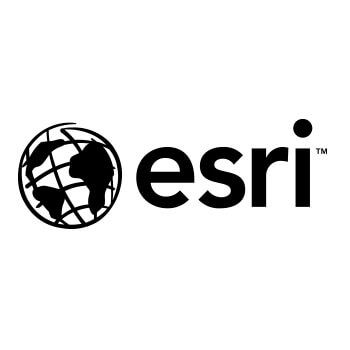 esri
esri
26 January 2021 12:00am
Drone Mapping for Algal Blooms?
14 March 2018 4:24am
19 December 2020 12:20am
Hi Ryan,
Great question. I think it depends on the water clarity and illumination of the water (solar angle can have a big impact on this). I was able to fly above the water and see down to about 2-3 meters below the water's surface down to the benthic algae in the Klamath River last summer. I was flying a Phantom 4 Pro.
Hope this helps!
Chippie
19 December 2020 1:05am
OK that opens up some doors. The mavic mini is a lot less expensive and can fly for 30 minutes at a time. The only question would be the camera on board and if it's got what you need for your work.
17 January 2021 2:39pm
Hi,
Not exactly what you were looking for, but Public Lab have used balloons with cameras to map oil spills. This could be adapted to your purpose. You could stick one of Ryan's cameras on it and livestream it 24/7.
Here is another old technology that doesn't get talked about.
I have also worked on an AUV, with the ultimate intent of coastal algal bloom detection. This doesn't map a bloom, rather it would report anomalous chlorophyl-a readings. This work is stalled due to lack of testing/development facilities. And money.
Thanks,
-harold
Press Release: BAS Giant Iceberg Mission
13 January 2021 12:00am
British Antarctic Survey: Monitoring Whales From Space
21 December 2020 12:00am
Announcing the 2020 Geospatial Conservation Annual Report
17 December 2020 12:00am
Tech Tutors: How do I access remote sensing data with Google Earth Engine?
10 December 2020 2:25pm
14 December 2020 7:58pm
Just came across this newly released paper on using Google Earth Engine in conservation :)
FIS Call for Expressions of Interest (closed)
8 December 2020 12:00am
Tech Tutors: How do I use open access remote sensing data to monitor fishing?
2 December 2020 9:12pm
Making the Most of Tech Tutors Season 2!
30 November 2020 12:00am
WILDLABS Tech Tutors: Season Two
24 November 2020 12:00am
How do I use open access remote sensing data to monitor fishing?
24 November 2020 12:00am


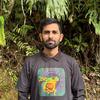










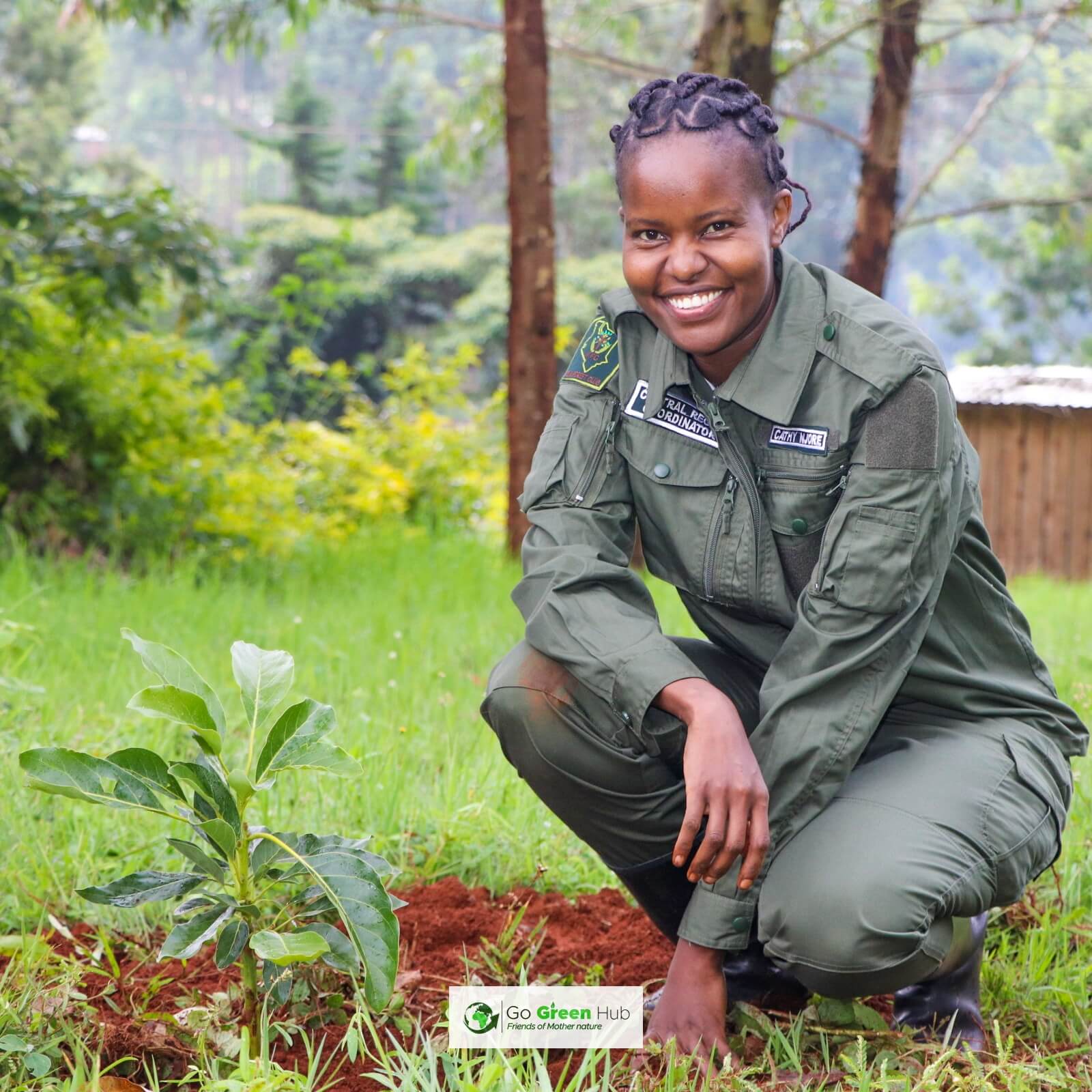

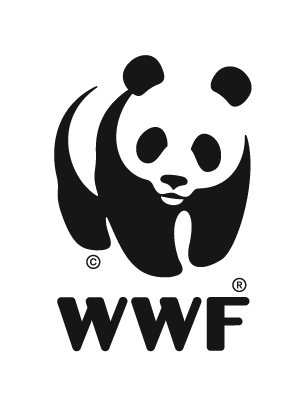

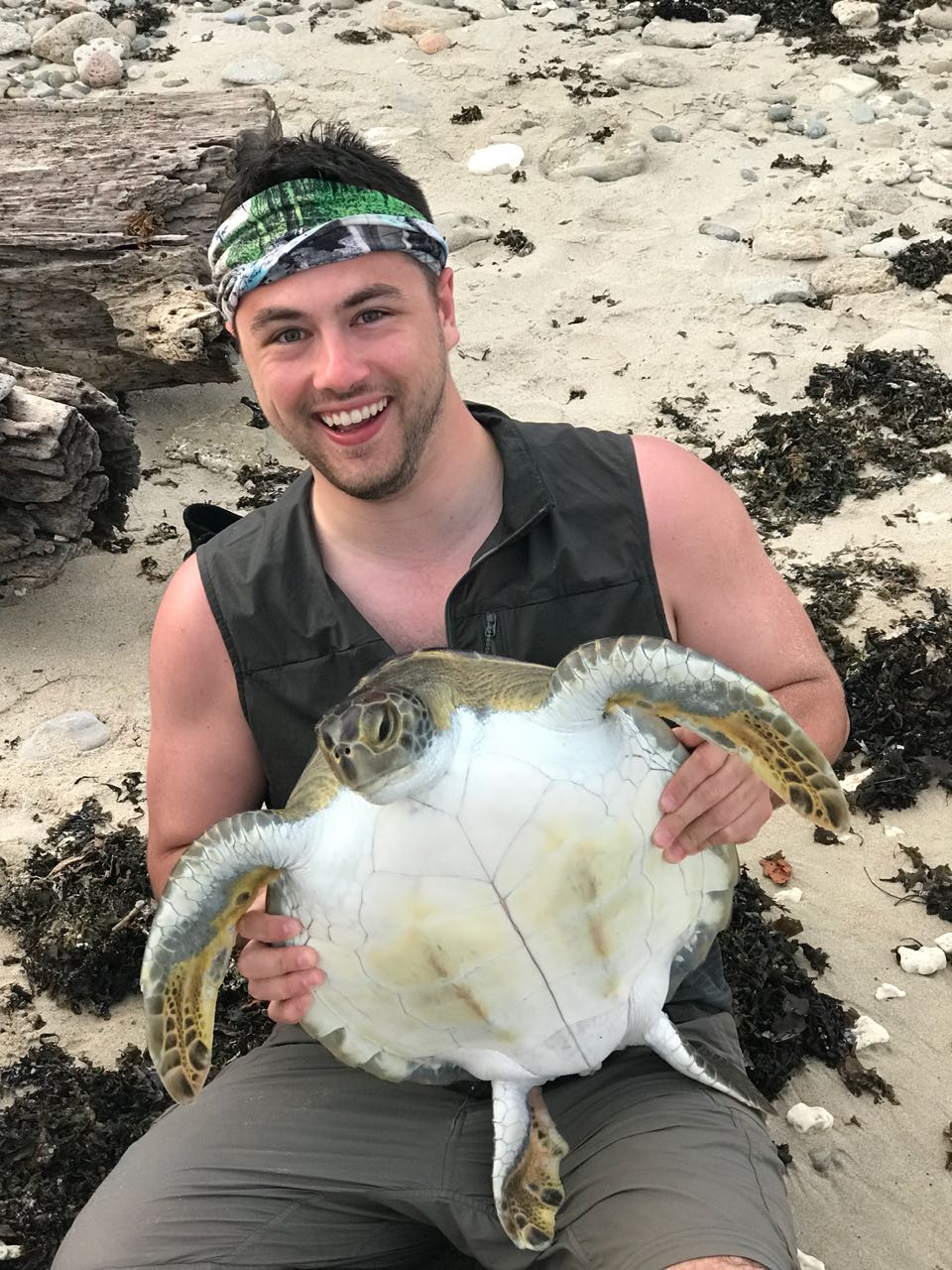





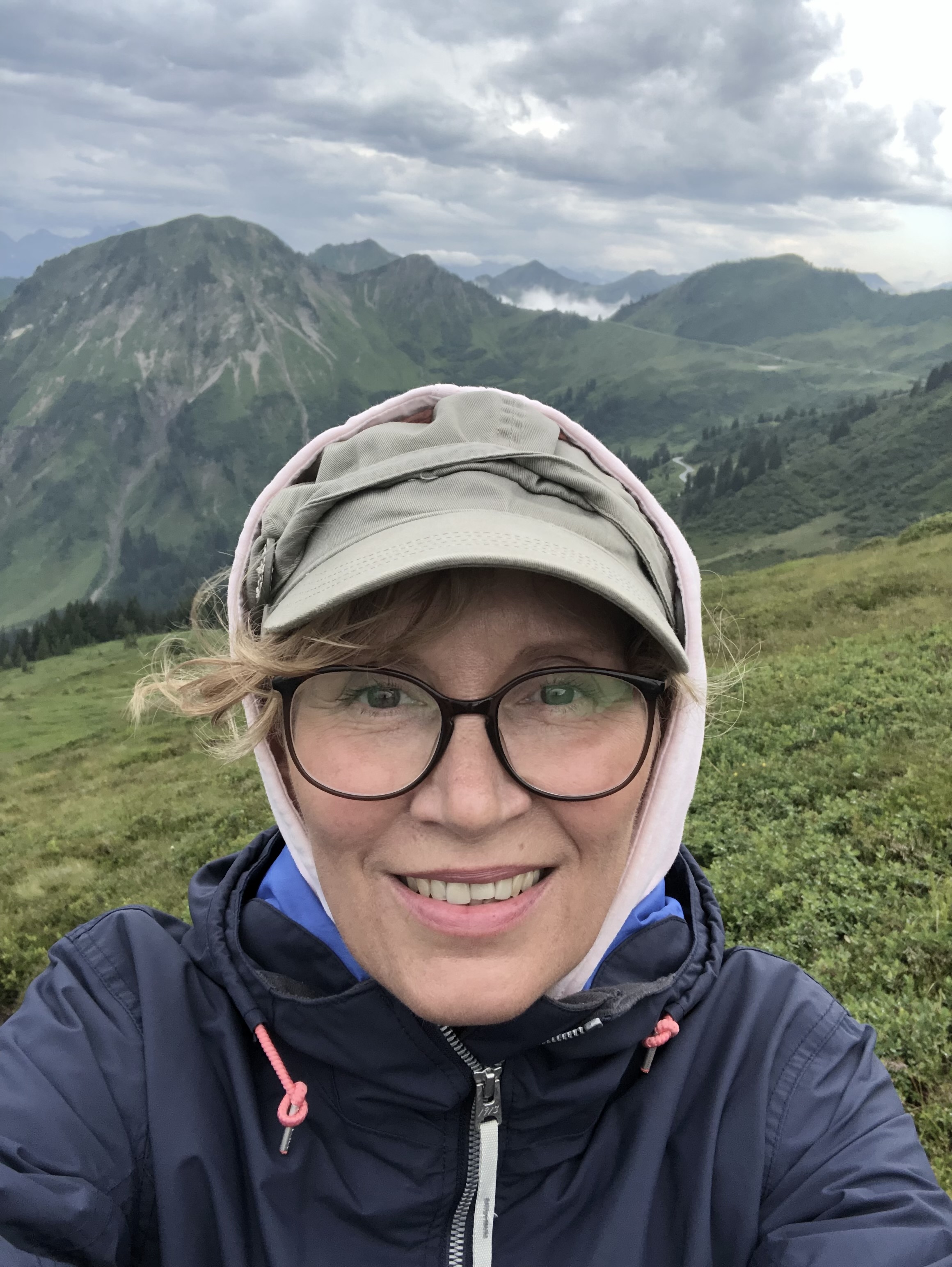




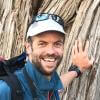


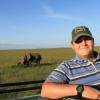







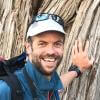


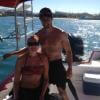







25 September 2021 2:56am
I think it looks like a really interesting technology, but it's still in the realm of research and academia. They're correct in that it demonstrates device miniaturization and they look like they're pushing the boundaries of printed circuit board sizes. Also the point of these devices seems to be to demonstrate that it's possible to make electronics capable of unpowered flight.
On the practical side, I'd say the devices are more of a proof of concept. The electronics in a system can usually be made very light, but all your weight and size will come in the batteries and then the enclosure. You can achieve something very similar by using a technology called flex/rigid PCBs which are already commercially available and can be custom ordered online. These are commercially fabricated circuit boards, typically used in mobile phones, that have a rigid part where the ICs would be mounted and a flexible part for interconnect, wiring, or mounting discrete components like resistors and capacitors. You'd be able to make these very light since they use a very thin polyimide (high temperature plastic) substrate and you can fabricate in the same winged form factor as what the researchers used. It'd be interesting to see if they make the mechanical files available to others.
Akiba